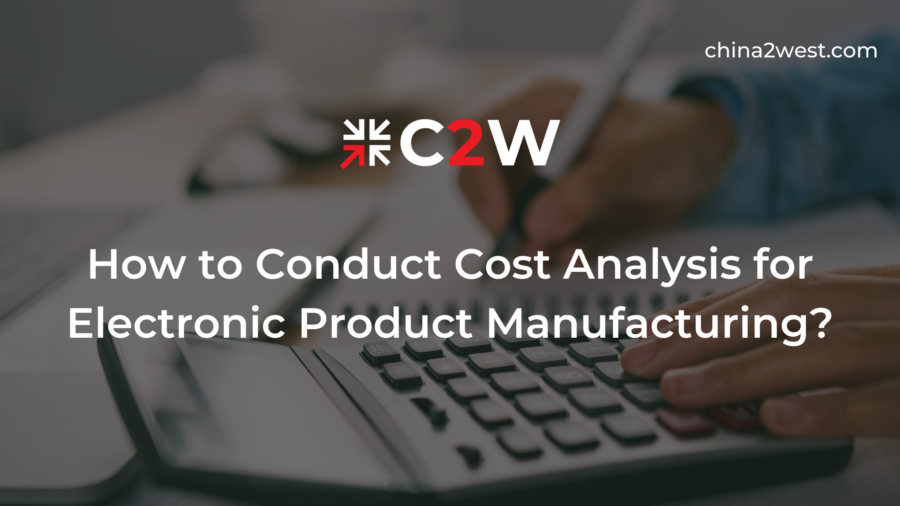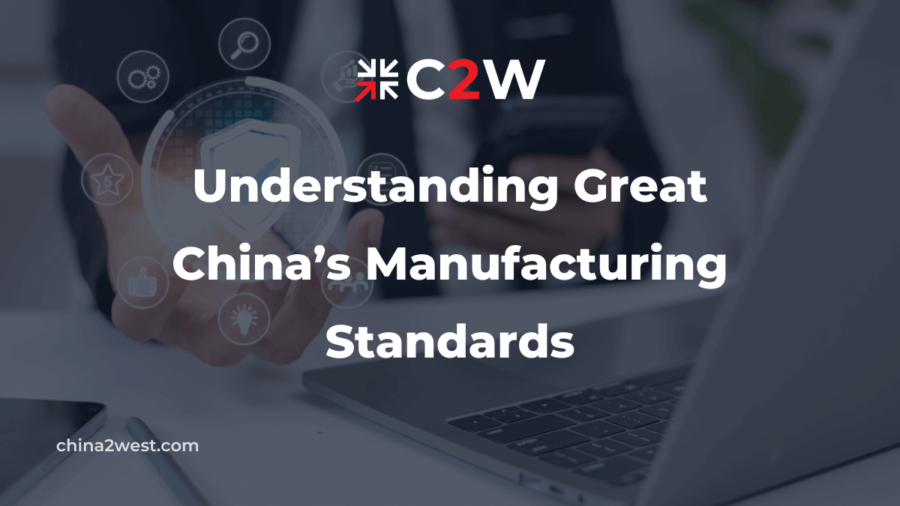In the dynamic landscape of technological innovation, the development of electronic products presents both thrilling opportunities and daunting challenges. Beyond the allure of groundbreaking features and functionalities, there is a critical aspect that often decides the fate of a project – cost analysis.
In this comprehensive guide, we will delve deep into the intricacies of how to conduct cost analysis when creating an electronic product. Our mission is to help you navigate this multifaceted terrain, providing invaluable insights, effective strategies, and practical tips to ensure the viability and cost-effectiveness of your electronic product.
The Importance of Cost Analysis
Before we plunge into the specifics of cost analysis, it’s paramount to understand why this meticulous process is fundamental to the development of electronic products.
A well-executed cost analysis empowers you to make informed decisions, establish realistic pricing, and pinpoint opportunities for cost optimization.
Enhancing Profitability
Let’s begin by examining how cost analysis enhances profitability. In the competitive realm of electronics, profitability is the lifeblood of your venture.
Effective cost analysis grants you the power to comprehend the holistic financial health of your project, ultimately leading to maximized profits.
Evaluating Component Costs
One of the primary steps in cost analysis is the evaluation of component costs. This entails scrutinizing the expenses related to individual elements, such as electronic components, housing, wiring, and other essential parts that constitute your product.
The complexity of this step is highly variable depending on the type of electronic product you are developing. For instance, creating a smartphone involves a web of components including the screen, processor, battery, and camera, while a simpler product like a smart thermostat may require fewer.
It’s critical to note that assessing component costs extends beyond the initial purchase price. You must consider factors like supplier reliability and the longevity of the components.
Opting for cheaper components may seem attractive at first, but they can become more costly over time due to frequent replacements and maintenance.
Forecasting Production Expenses
After dissecting component costs, the next crucial phase is forecasting production expenses. This involves making educated estimates regarding the costs associated with manufacturing processes, labor, and equipment.
The scale of production plays a significant role here. Smaller batches of electronic products might require less specialized machinery and labor, while larger-scale production could necessitate substantial investments.
Nonetheless, it’s imperative to remember that unforeseen complications can emerge during the manufacturing process.
These unexpected challenges can significantly influence production expenses. Thus, maintaining a contingency fund is wise to navigate such unpredictability.
Balancing Quality and Cost
In the world of electronic product development, quality is non-negotiable. Your product must meet high standards to fulfill the expectations of your customers. Balancing quality and cost can be a tightrope walk, but it’s vital for your success.
Identifying Cost-Cutting Opportunities
Identifying opportunities to cut costs is a continuous endeavor throughout your project. This entails meticulous scrutiny of every facet of product development to locate areas where expenses can be trimmed without compromising quality.
Strategies for Effective Cost Analysis
Vendor Selection
Vendor selection is a pivotal decision in the landscape of cost analysis. Vendors can significantly impact component costs, quality, and project timelines.
To make the most informed choices, it is essential to conduct comprehensive research, assess supplier histories, and negotiate favorable terms. Your vendors can be your greatest allies in achieving cost-effective success.
Prototyping and Testing
Prototyping and rigorous testing are integral steps in the product development process. Although they may seem like added expenses, they serve as a safeguard against costly mistakes down the road.
Testing early and often helps you identify and rectify issues before they evolve into expensive challenges.
Iterative Design
Iterative design is a cost-saving strategy that revolves around refining your product’s design based on feedback and testing.
This approach significantly reduces the chances of costly redesigns in the later stages of development. It’s a proactive approach that can save you both time and money.
Cost Analysis Tools and Software
Spreadsheets and Databases
Utilizing spreadsheets and databases is invaluable in your quest to manage and analyze costs. These tools provide an organized and efficient way to monitor expenses, supplier details, and project timelines. They are the bedrock of your cost analysis journey.
Cost Estimation Software
Specialized cost estimation software can streamline the analysis process. These tools often include databases of component costs, manufacturing costs, and industry benchmarks. Leveraging these tools can enhance the accuracy and efficiency of your cost analysis efforts. Commonly used software include Oracle Cost Management and SAP Cost Accounting, etc.
Navigating the Challenges
Common Mistakes to Avoid
Cost analysis is a complex task, and common mistakes can have significant repercussions. Some of the most common errors include underestimating production expenses, neglecting the quality-cost balance, and failing to factor in unforeseen contingencies.
To avoid these mistakes, it’s crucial to conduct thorough research, use reliable cost estimation tools, and stay vigilant throughout the development process.
Automation
Cost analysis can be partially automated with specialized software. Many cost estimation tools can streamline the process by providing access to databases of component costs, manufacturing costs, and industry benchmarks.
However, human oversight and judgment are essential to ensure the accuracy and relevance of the data and calculations.
Balancing Quality & Cost Effectively
Balancing quality and cost is a delicate task, but it’s achievable with a systematic approach. Start by setting clear quality standards and budget constraints. Continuously monitor the quality of components, production processes, and the final product. Adjust your budget and product design as necessary to meet quality goals without exceeding your budget.
The Future of Cost Analysis in Electronics
As technology continues to advance and global competition intensifies, the field of cost analysis in electronic product development is evolving.
The adoption of artificial intelligence and data analytics promises to revolutionize cost estimation, making it even more precise and efficient.
Remember that cost analysis is not a one-time task. It’s an ongoing process that should adapt to changing circumstances and new insights. It’s not just about budgeting; it’s about ensuring your product’s quality, profitability, and long-term success.
By adhering to the strategies and harnessing the tools outlined in this guide, you can successfully navigate the complex landscape of cost analysis and bring your innovative ideas to fruition. For many companies, especially start-ups, seeking professional help is an effective way to get your foot in the door. A manufacturing company like C2W will make a great partner for you with their nearly two decades of industry experience and vast network of suppliers as well as in-house talents and facility. Contact us now for more!


